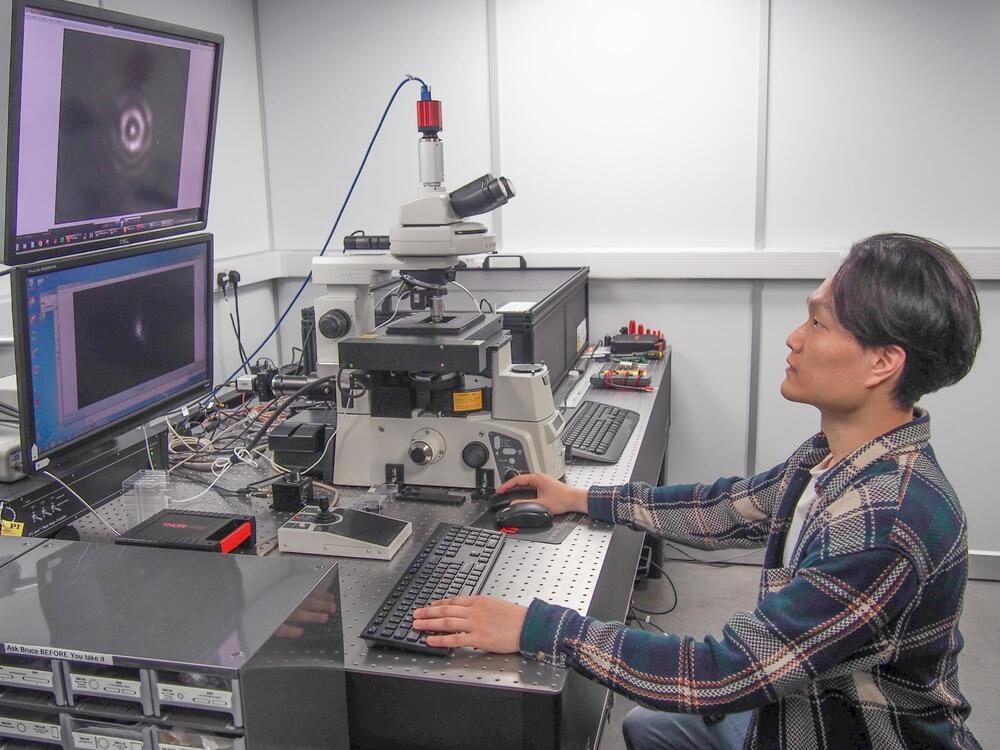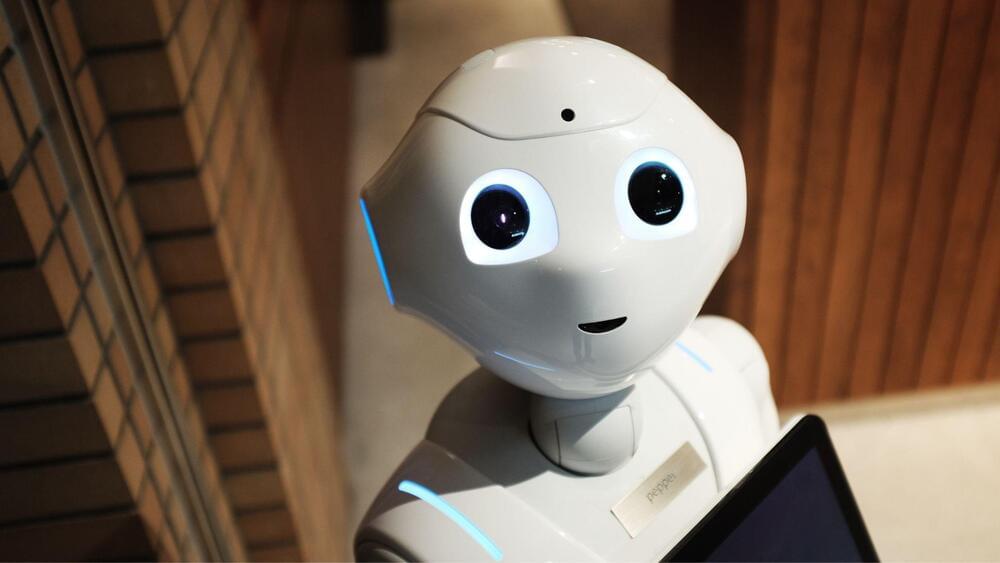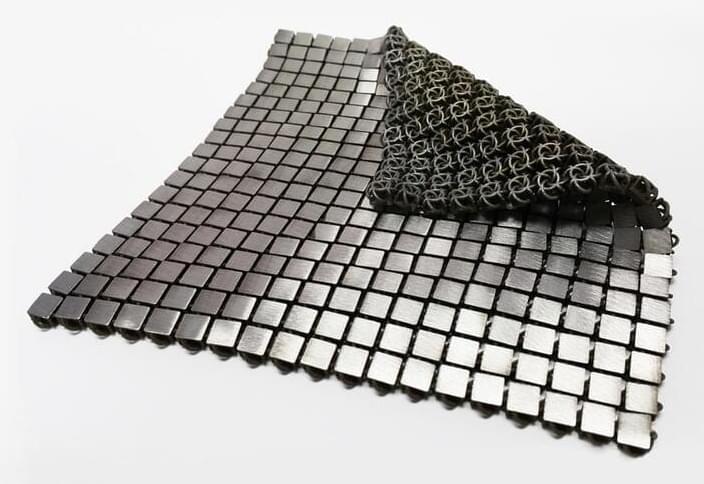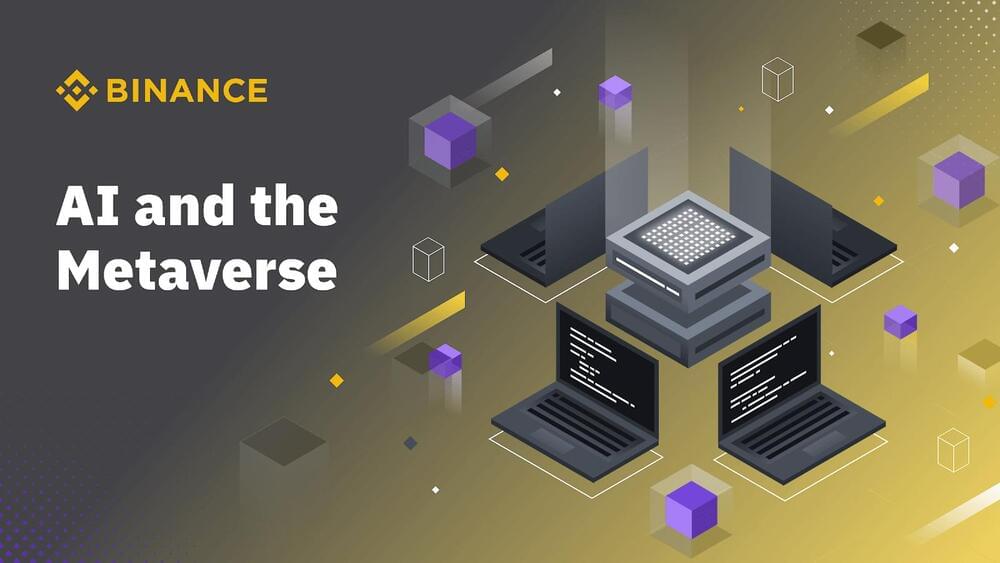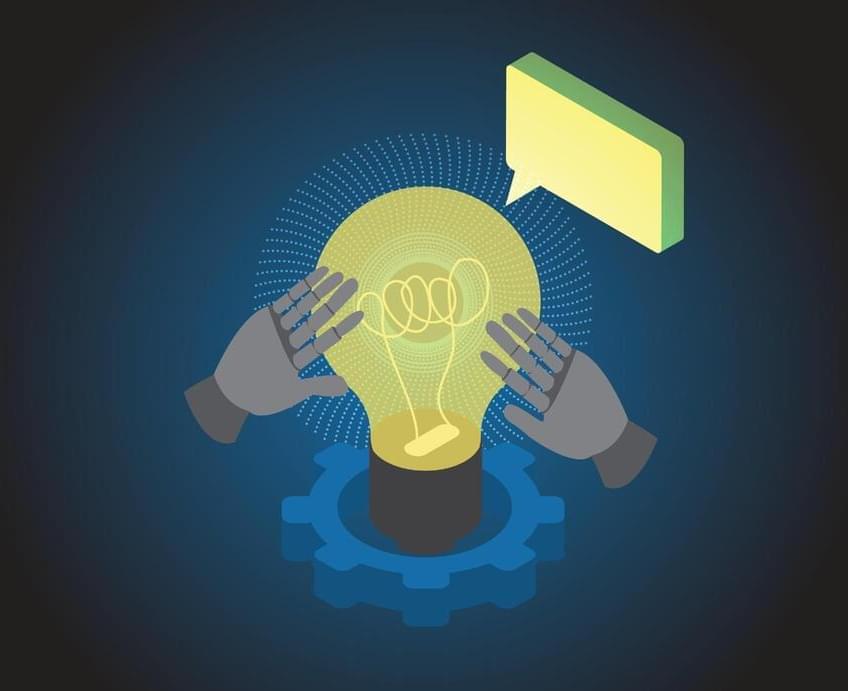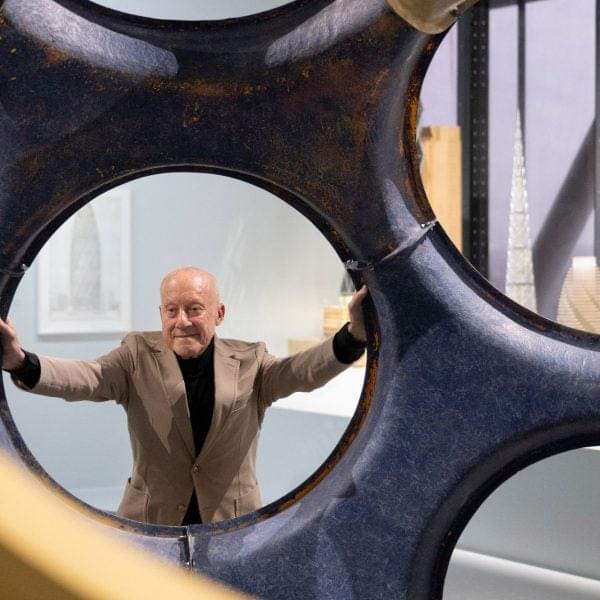Optical imaging and metrology techniques are key tools for research rooted in biology, medicine and nanotechnology. While these techniques have recently become increasingly advanced, the resolutions they achieve are still significantly lower than those attained by methods using focused beams of electrons, such as atomic-scale transmission electron spectroscopy and cryo-electron tomography.
Researchers at University of Southampton and Nanyang Technological University have recently introduced a non-invasive approach for optical measurements with atomic-scale resolution. Their proposed approach, outlined in Nature Materials, could open exciting new possibilities for research in a variety of fields, allowing scientists to characterize systems or phenomena at the scale of a fraction of a billionth of a meter.
“Since the nineteen century, improvements of spatial resolution of microscopy has been a major trend in science that has been marked with at least seven Nobel Prizes,” Nicolay I. Zheludev, one of the researchers who carried out the study told Phys.org. “Our dream was to develop technology that can detect atomic scale events with light, and we have been working on this for the last three years.”
